It’s been 25 years since the U.S. release of the Sega Dreamcast, and the console’s legacy remains a gaping wound that fans have filled with memories for nearly three decades. How could a console that is currently held in such high regard have failed so spectacularly in its time? The answers to that question are complicated and really require you to understand both the landscape of the industry at that time and Sega’s history of hardware struggles. Of course, the PlayStation 2 and its built-in DVD player certainly didn’t help Sega’s cause.
If there is one aspect of the Dreamcast that remains hard to fault, it’s the console’s incredible library of games. It’s not that there weren’t bad Dreamcast games (oh, there were) but rather that the Dreamcast burned so bright for such a short amount of time that the console’s legacy is more often defined by those titles that make you look back at its crash and still ask “Why?”
Those are the games we’ll be looking at today. Just note that as this is the U.S. anniversary of the Dreamcast’s release, I will be using U.S. release dates and names except where noted.

Soulcalibur (1999)
Sega put Soulcalibur at the center of the Dreamcast’s US launch, which is really a testament to the power of the fighting game genre at that time. After a decade of games like Street Fighter and Mortal Kombat consuming all the quarters and helping to move consoles, Sega bet on this arcade port’s ability to convince fans that the Dreamcast was the future.
For a moment, it looked like their gamble would pay off. On a purely technical level, Soulcalibur put every other console fighting game (and most other console games) to shame. It was the kind of undeniable stunning visual achievement that is becoming increasingly hard to come by in the early days of new hardware. Beyond its stunning looks, it was one of the first undeniable arcade perfect (perhaps even “arcade better”) games in console history. It’s one of the best examples of how Sega convincingly portrayed the Dreamcast to be miles ahead of the competition early into the console’s lifespan.
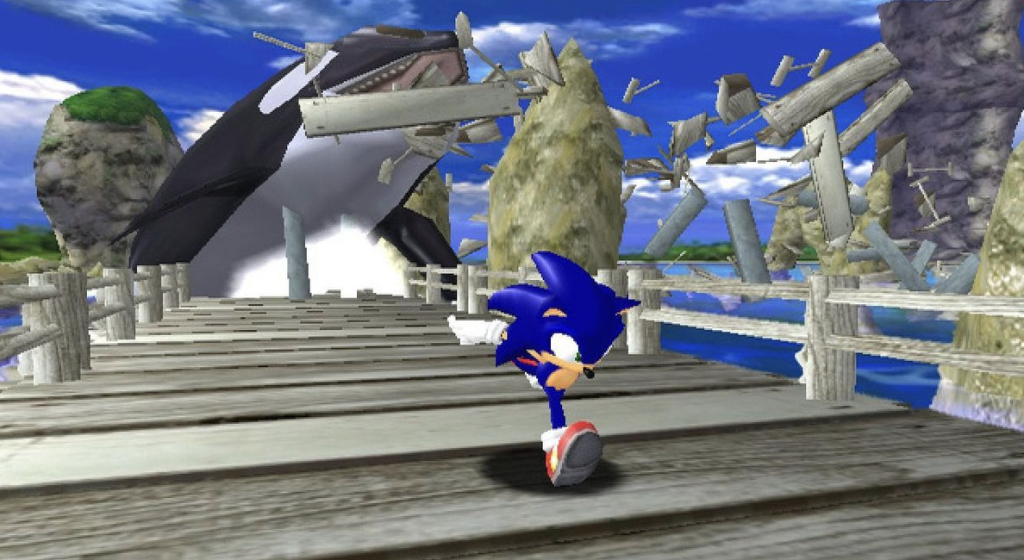
Sonic Adventure (1999)
It’s not exactly a surprise that Sega decided to launch the Dreamcast with a little help from a new Sonic game. What is surprising is that Sega used that new console as an excuse to produce the most ambitious 3D Sonic game yet and managed to deliver an experience that is significantly better than the majority of 3D Sonic games released since.
Yes, part of the magic of Sonic Adventure can be attributed to its technical excellence and the ways it so perfectly showcased the Dreamcast’s rich visual capabilities. Yet, this really was a nearly perfect blend of both “Sonic” and “Adventure” in terms of how this game combined high-speed movements with the more open, collecting-based gameplay elements seen in other 3D platformers of the era. It looked like the start of a bright new era for Sonic titles. Much like the Dreamcast itself, though, the clouds were already gathering.
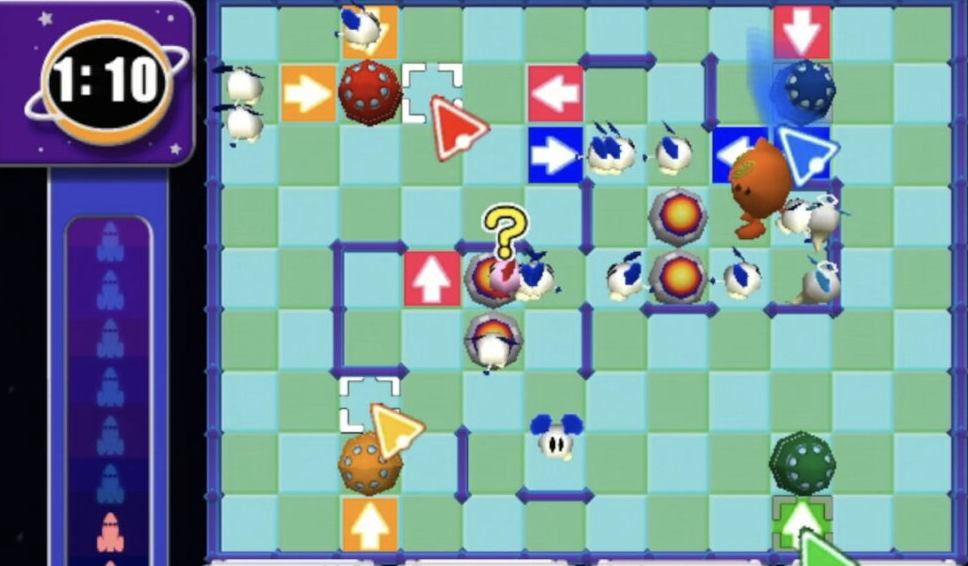
ChuChu Rocket! (1999)
ChuChu Rocket! was the first Dreamcast game to support online play. In fact, the title was designed as a way to test the console’s online functionality and allow Sega’s developers to lay the foundation for more ambitious projects to come. In the process, the ChuChu Rocket! team happened to create a devilishly addictive multiplayer puzzle title.
ChuChu Rocket! was as simple as it needed to be to help convince people that the Dreamcast’s wheels wouldn’t fall off once you took it online and deep enough to keep you coming back for more. The biggest thing this game of direction and misdirection lacked was a more modern digital distribution strategy. If there was an Xbox Live Arcade-like system widely available at the time (beyond the PAL’s Dreamarena service), more Dreamcast owners probably would have given this game the shot it deserved.
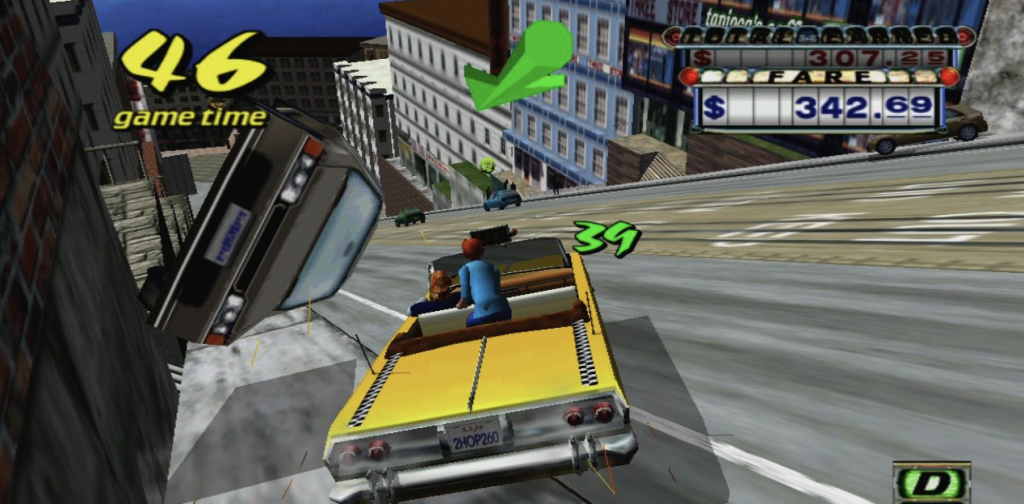
Crazy Taxi (2000)
Crazy Taxi is a strange beast. In many ways, it represents the kind of arcade-like title that Sega historically emphasized even as the console industry was clearly moving in wildly different directions. On the other hand, it was such a fucking blast to play and such a joy to look at and listen to that it’s kind of hard to fault it despite its inherent simplicity.
Ultimately, Crazy Taxi is about driving passengers to their requested destinations while picking up what bonuses you can along the way. However, the game’s deceivingly challenging time limits, rocking soundtrack, and vibrant visuals make it such a joy to simply play. It was another one of those “neat” Dreamcast games the console had quite a few of despite its relative lack of mainstream heavy hitters.
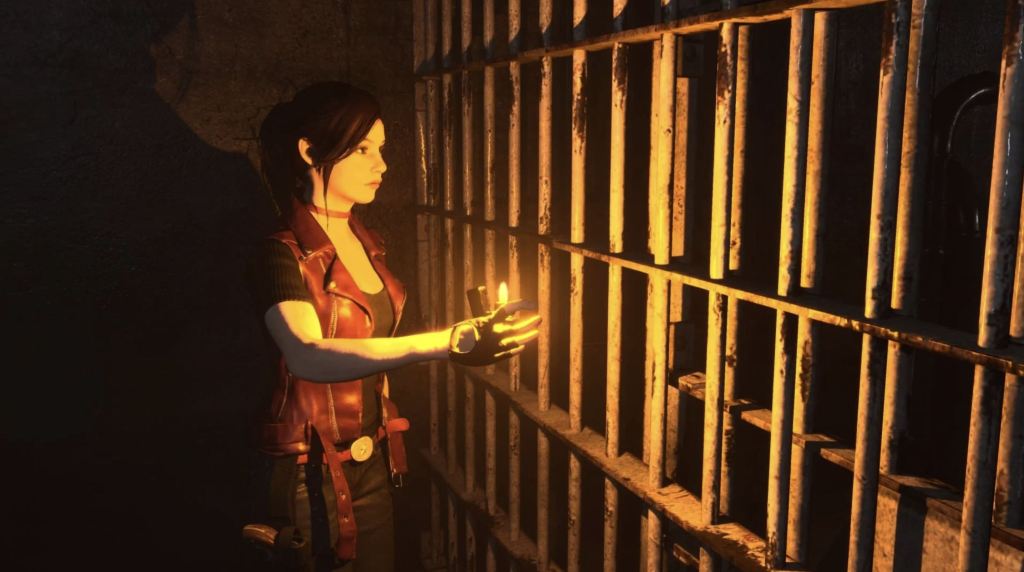
Resident Evil – Code: Veronica (2000)
Early on, Code: Veronica looked like one of Sega’s biggest coups. They convinced Capcom to give them not just a Resident Evil game but an exclusive Resident Evil game. Capcom even went out of their way to test the limits of the hardware’s capabilities and gifted Dreamcast owners with one of the best-looking games anyone had laid eyes on up until that point.
The actual results of that arrangement proved to be interesting. The game itself is very good, and even exceptional in certain areas. It’s in the conversation when you’re talking about the best Dreamcast games ever. Unfortunately, Code: Veronica’s sales struggles highlighted Sega’s bigger struggles to get people to buy the Dreamcast hardware to enjoy its growing library of exceptional games. That trend would sadly continue.
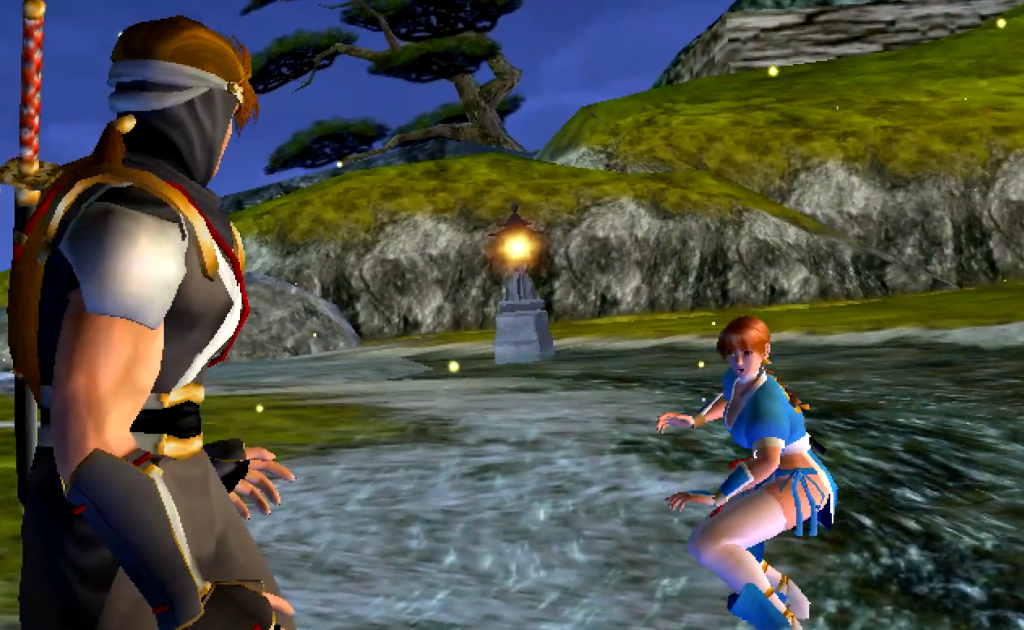
Dead or Alive 2 (2000)
Though it followed in Soul Calibur’s wake, Dead or Alive 2 had quite a bit going for it in terms of generating its own particular sort of buzz. It was a slightly more accessible (yet pleasantly deep) kind of fighting game built around a rock, paper, scissors-like “hold” system that instantly captivated 3D fighting game fans. Perhaps more importantly, its developers made the most of the Dreamcast’s advanced technology to really make the game’s distinctive roster and interactive multi-tier environments pop. That is one of the nicest ways to say that some gamers of a certain age really went crazy for the game’s female fighters and that we should probably include series’ creator Tomonobu Itagaki among those gamers.
Dead or Alive 2 was also significantly better than its predecessor and likely the first game in this series many people played. As we’ll soon discuss, the Dreamcast was often the home of great games that would later find more success elsewhere due to the console’s hardware’s early and notable market struggles.
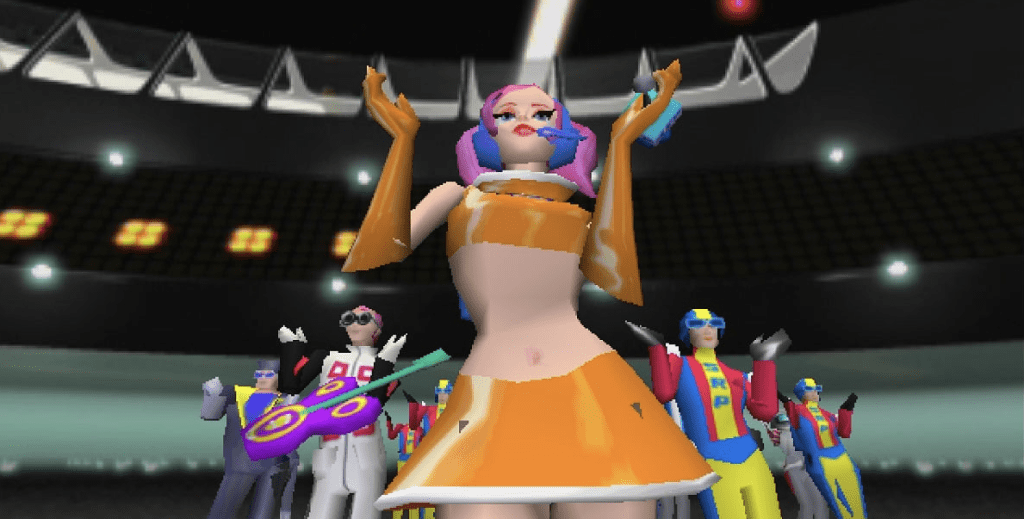
Space Channel 5 (2000)
Look, you have to give Sega credit. They wanted a game designed with a largely female audience in mind, and they asked designer Tetsuya Mizuguchi to give it to them. Rather than take any conceivably easy road, though, Mizuguchi decided to create a truly unique rhythm game that is perhaps best described as what might happen if a Japanese ‘50s sci-fi movie came to life, dropped acid, and met Michael Jackson (who is, remarkably, in the game).
Did the game sell well? You bet it didn’t. Still, it only takes a few minutes with Space Channel 5 to fall in love with at least the spirit of it as well as Mizuguchi’s unique creative mind. Here again, though, we see another example of “great, but nobody played it” sadly serving as the Dreamcast’s epitaph.
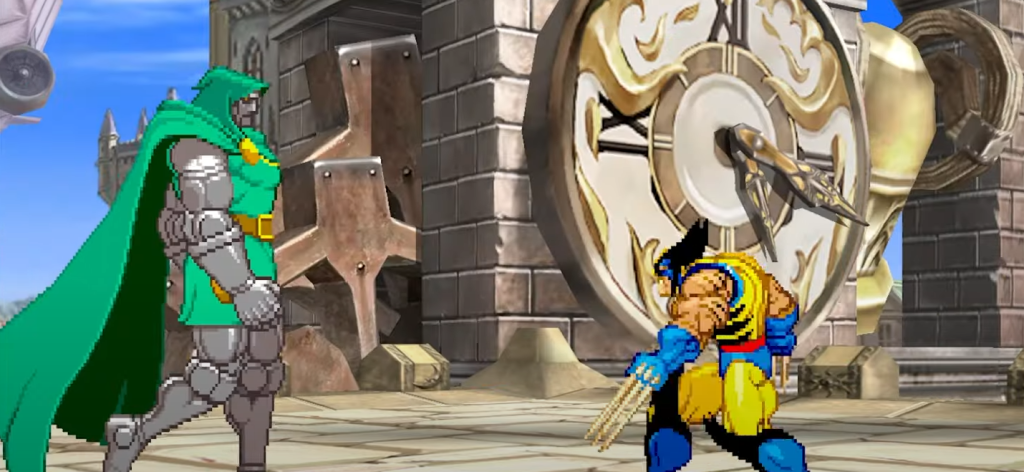
Marvel vs. Capcom 2: New Age of Heroes (2000)
No, Marvel vs. Capcom 2 did not remain a Dreamcast exclusive. You can find it on quite a few devices these days. However, when this thing launched on the Dreamcast in 2000, it felt…otherworldly. Not just for the ways it perfectly recreated the hit arcade game but also the ways it promised and offered a roster of 56 playable characters across the Marvel and Capcom universes.
As the…lesser Marvel vs. Capcom: Infinite later showed, a game of this size and style simply would not happen today. You’ll never get the principal players to agree to the use of all those characters, and you’ll never get them to agree to use those characters in a shockingly deep fighting game with wonderfully complex team-up mechanics. It really is a miracle game.
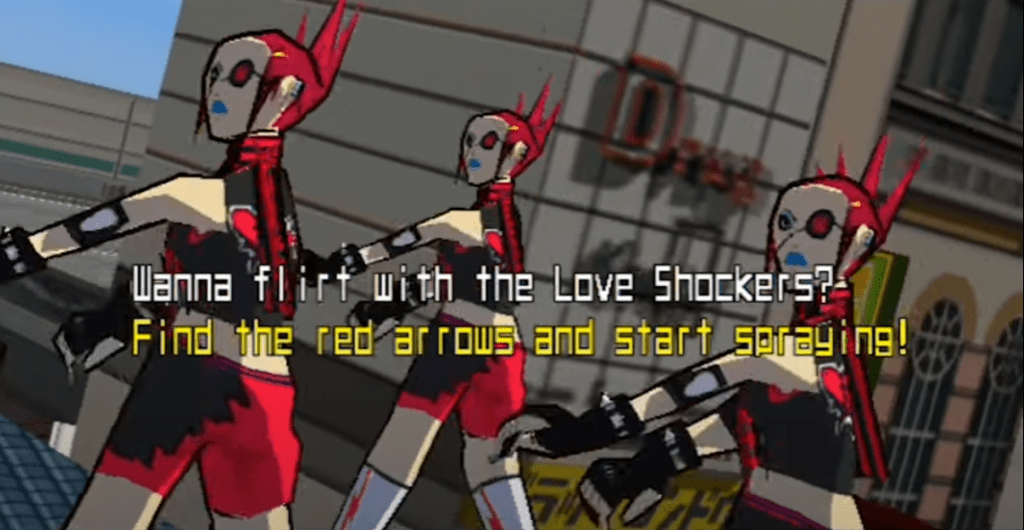
Jet Grind Radio (2000)
At a time when many studios were looking for their own extreme sports titles, Sega hit on something rather special. Like the other extreme sports games, their rollerblading game would have attitude, tight controls, and an energetic soundtrack. Unlike the other extreme sports games, their game would actually emphasize graffiti over tricks and exist in a surprisingly well-realized cyberpunk-style future.
The result, Jet Grind Radio, was a breath of fresh air in an increasingly stagnant genre. Perhaps best remembered for its wonderful cel-shaded graphics (another trend that the Dreamcast helped popularize), it was this beautiful blend of concept and execution that developers and fans are still chasing via home-brewed tributes to this day.

NFL 2K1 (2000)
This entry doubles as a shoutout to the exceptional 2K sports series, but NFL 2K1 is certainly worth highlighting for its specific successes and technical innovations.
NFL 2K1 offered a silky-smooth (relative to its time) online sports gaming experience that felt positively magical to sports gaming fans. NFL 2K1 was also not only significantly better than the other football games being made at that time; it challenged the mighty Madden franchise in early sales. This is one of the more notable and tragic examples of the Dreamcast doing so much right yet never seeming to do enough.
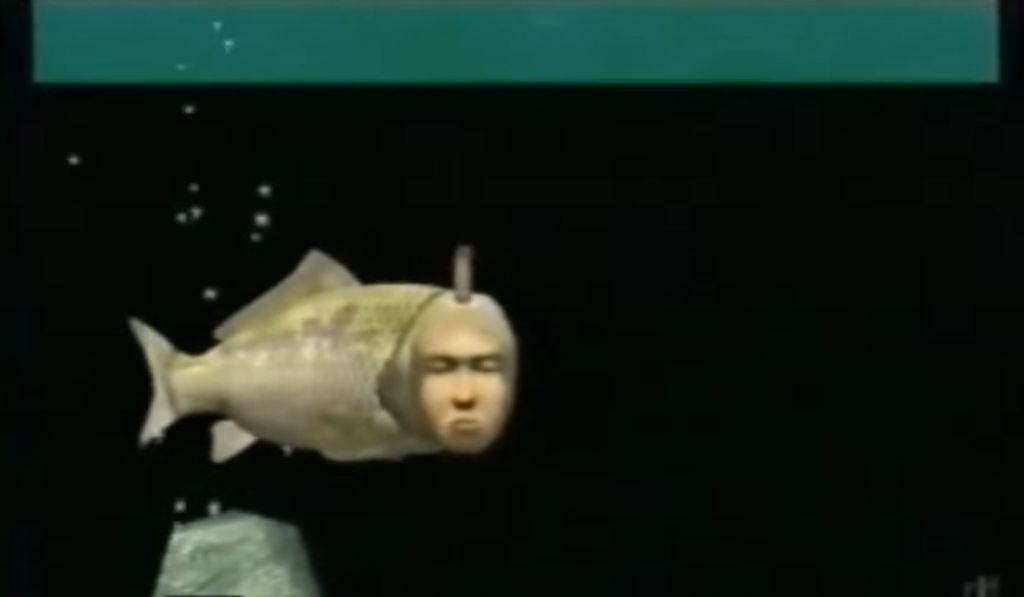
Seaman (2000)
While it’s not like Sega knew the Dreamcast would struggle quite like it did so early on, it’s still darkly hilarious to think they would be so bold as to release something like Seaman as their flagship was taking on water.
This game about raising a creature known as Seaman used nearly every trick the Dreamcast had and even required a few new gimmicks (most notably, a rarely used microphone accessory that allowed you to talk to Seaman). It was like My Dinner With Andre combined with Animal Crossing and Spore. It was promoted on the basis of its truly unique identity, but none of that hype translated into the sales that would have justified such an ambitious project. Kind of reminds you of a particular Sega console, doesn’t it?
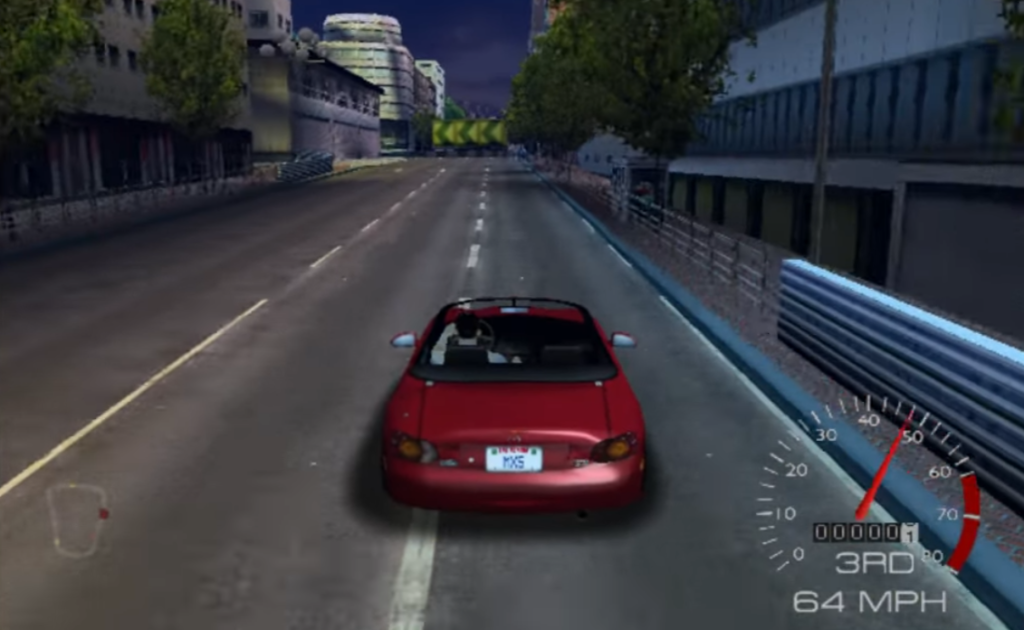
Metropolis Street Racer (2000)
Metropolis Street Racer was the first game in what would eventually be known as the Project Gotham Racing franchise. While the PGR games would refine many of the ideas introduced in MSR, this game still offered a then-rare combination of more arcade-like gameplay with simulation-style depth and presentation quality.
MSR‘s emphasis on earning cash (or “Kudos”) also granted it not just an easily identifiable trademark but a sense of style that helped sell its street racing theme. We should all be grateful that this franchise levied on elsewhere, but it’s a shame that the original was, and often remains, something of an oddity.
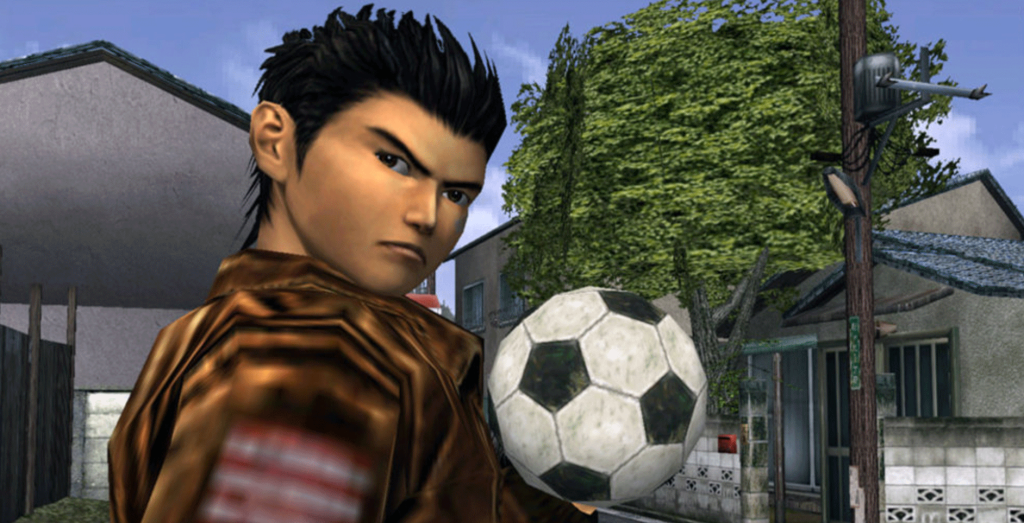
Shenmue (2000)
As the most expensive game ever made at that time, Shenmue was clearly intended to be the Dreamcast’s undeniable system seller. That obviously didn’t happen, though the game we ended up with instead is tragically and perfectly representative of the Dreamcast console. It was ambitious, weird, deeply flawed, and almost impossible to look back at these days without at least a level of respect.
This revolutionary open-world game forgoed the more chaotic action that would later make more sandbox-like titles such as GTA III global blockbusters in favor of a more nuanced series of mechanics that better represented daily life. It was a questionable decision that obviously contributed to the game’s mixed reception. Yet, you can’t play this game today and not see a little of Red Dead Redemption 2 and a lot of Yakuza/Like a Dragon in its often charming blend of the intimate and epic. It is the most notable example of the perils and possibilities of the Dreamcast’s eternal desire to always be just a little different.
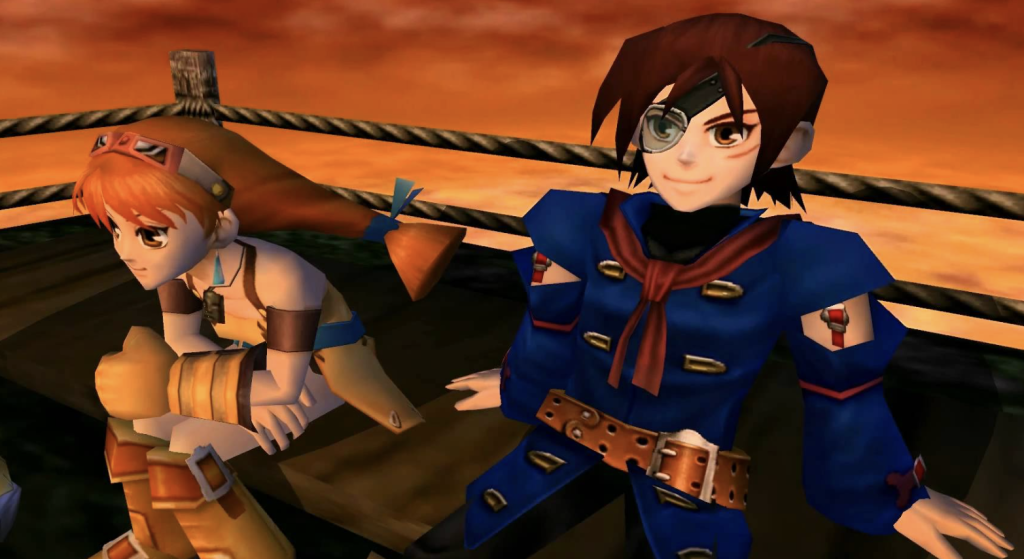
Skies of Arcadia (2000)
Along with Grandia 2, Skies of Arcadia gave the Dreamcast something even the N64 never really had: exceptional exclusive RPGs delivered at a time when the genre was becoming an increasingly bigger system seller. While I think Skies is the generally superior game, the bigger reason it makes this list is because of its relationship to the Dreamcast.
Skies of Arcadia was made by a team of Sega superstars who intended for this to be the first game in an incredible new RPG franchise. On the basis of its own merits, this sky pirate role-playing game that brilliantly combined classic JRPG concepts with genuine adventuring should have been the start of something special. Unfortunately, the writing was on the wall for the Dreamcast at this time. Skies has often been seen as a great game that deserved a better home. Yet, the only official port of the title we ever received was the 2002 GameCube remaster Skies of Arcadia Legends.
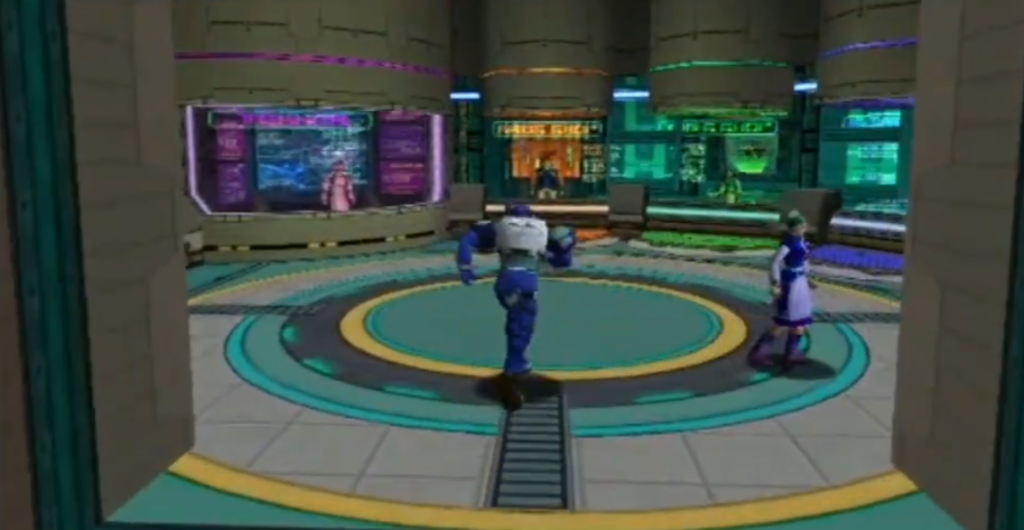
Phantasy Star Online (2001)
Yes, the Dreamcast having its own MMORPG was, like so many other aspects of its console, an idea ahead of its time. However, that’s not what fascinates me most about Phantasy Star Online. No, what fascinates me most is the perfectly reasonable argument that the first major console-exclusive MMO ever made is still the best console MMO ever made.
Perhaps daunted by the prospect of their project, the PSO team didn’t take that online functionality for granted. They instead crafted an almost dungeon crawler-like RPG experience that functioned surprisingly well even if you weren’t playing with others. When you did play with others, though, you unlocked the full potential of a game that continues to inspire developers (especially the Monster Hunter team) despite the fact that few titles released since have replicated its specific achievements.
Yet, just a couple of months after PSO’s U.S. release, Sega effectively discontinued the Dreamcast. The console would enjoy a variety of new releases in 2001 that included underrated gems (Illbleed, Headhunter, Typing of the Dead), franchise sequels (Sonic Adventure 2, PSO Version 2, the Japanese release of Shenmue II), and the usual yearly sports entries. It’s painful to even think about those games that were essentially destined to fail, though you could perhaps say the same about many Dreamcast games in retrospect.
Ultimately, though, we’re talking about a console that left such an incredible impact in only a couple of years. It’s jarring to look at the Dreamcast from that perspective and realize how much a console can give in such a short time and still fail. Then again, folk heroes rarely earn that status by winning but rather because they gave so much against such great odds.
The post The Games That Defined the Sega Dreamcast appeared first on Den of Geek.
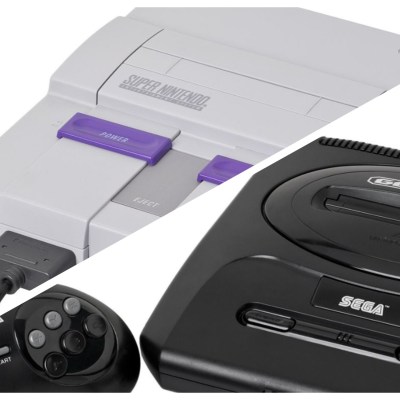
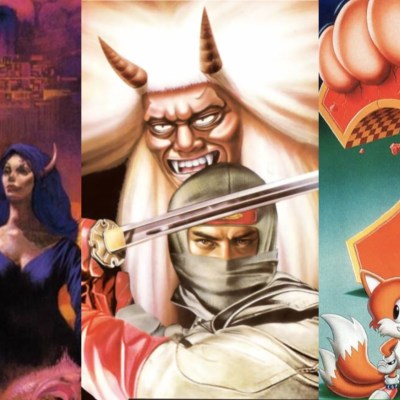


0 Commentaires